Warren noted that he rarely used the Widgets panel or Microsoft Teams, citing that he preferred the weather display that later versions of Windows 10 offered, and didn't use Teams to communicate with his friends and family. He also acknowledged the expansion of Microsoft Store to include more "traditional" desktop applications. Overall, he concluded that "I wouldn't rush out to upgrade to Windows 11, but I also wouldn't avoid it. After all, Windows 11 still feels familiar and underneath all the UI changes, it's the same Windows we've had for decades."
Cunningham concluded that "as I've dug into and learned its ins and outs for this review, I've warmed to it more", but argued that the OS was facing similar "public perception" issues to Windows Vista and Windows 8. Internet Explorer has been replaced by the Chromium-based Microsoft Edge as the default web browser, and Microsoft Teams is integrated into the Windows shell. Microsoft also announced plans to allow more flexibility in software that can be distributed via Microsoft Store, and to support Android apps on Windows 11 .
If your existing Windows 10 PC is running Windows 10 20H1 or later and meets the minimum hardware specificationsit will be able to upgrade to Windows 11. The upgrade rollout plan is still being finalized, but for most devices already in use today, we expect it to be ready sometime in early 2022. Not all Windows 10 PCs that are eligible to upgrade will be offered to upgrade at the same time. To see if your PC is eligible to upgrade, refer to our knowledge base for a list of tested systems.
Once the upgrade rollout has started, you can check if it is ready for your device by going to Settings/Windows Updates. Similar to how end users are notified when updates are available in Windows 10, end users will see an indication in the notification areas of the taskbar in the bottom right, that the upgrade is available. More information on how that is presented will be available at a later date. Additional desktop notification options may be also be added at a later date. Original equipment manufacturers can still ship computers without a TPM 2.0 coprocessor upon Microsoft's approval. Some third-party software may refuse to run on unsupported configurations of Windows 11.
At least 16GB of RAM The basic system requirements of Windows 11 differ significantly from Windows 10. Windows 11 only supports 64-bit systems such as those using an x86-64 or ARM64 processor; IA-32 processors are no longer supported. Thus, Windows 11 is the first ever consumer version of Windows not to support 32-bit processors and 16-bit software .
The minimum RAM and storage requirements were also increased; Windows 11 now requires at least 4GB of RAM and 64GB of storage. The compatibility list includes the Intel Core i7-7820HQ, a seventh-generation processor used by the Surface Studio 2, although only on devices that shipped with DCH-based drivers. In October 2019, Microsoft announced "Windows 10X", a future edition of Windows 10 designed exclusively for dual-touchscreen devices such as the then-upcoming Surface Neo.
Legacy Windows applications would also be required to run in "containers" to ensure performance and power optimization. Microsoft stated that it planned to release Windows 10X devices by the end of 2020. If you are having a brand new laptop or PC, then your system must be compatible with Windows 11 or even might come with it preinstalled.
But issues may arise with the older versions of PCs, as its hardware might not match with the requirements of Windows 11. If your PC has a 7th gen or previous Intel CPU, then it is unsupported by the latest upgrade. Still, you can migrate to Windows 11, but the way is a little more complicated as you will need to download install files, then perform a clean install and then restore the program and data files.
A redesigned user interface is present frequently throughout the operating system, building upon Fluent Design System; translucency, shadows, a new color palette, and rounded geometry are prevalent throughout the UI. A prevalent aspect of the design is an appearance known as "Mica", described as an "opaque, dynamic material that incorporates theme and desktop wallpaper to paint the background of long-lived windows such as apps and settings". With Windows 11, we are focused on increasing security, improving reliability, and ensuring compatibility.
As part of the minimum system requirements, Windows 11 only runs on devices with a Trusted Platform Module 2.0 security coprocessor. According to Microsoft, the TPM 2.0 coprocessor is a "critical building block" for protection against firmware and hardware attacks. In addition, Microsoft now requires devices with Windows 11 to include virtualization-based security , hypervisor-protected code integrity , and Secure Boot built-in and enabled by default.
The operating system also features hardware-enforced stack protection for supported Intel and AMD processors for protection against zero-day exploits. Citing security considerations, the system requirements for Windows 11 were increased over Windows 10. While the OS can be installed on unsupported processors, Microsoft does not guarantee the availability of updates. Windows 11 also drops support for 32-bit x86 CPUs and devices which use BIOS firmware. Windows 11 SE was announced on November 9, 2021, as an edition exclusively for low-end devices sold in the education market, and a successor to Windows 10 S.
It is bundled with applications such as Microsoft Office for Microsoft 365, Minecraft Education Edition, and Flipgrid, while OneDrive is used to save files by default. Windows 11 SE does not include Microsoft Store; third-party software is provisioned or installed by administrators. Perhaps the most important thing to know about the release of Windows 11 is that we should expect it to change significantly over the next few years.
I've been using beta versions of Windows 11 for a month in the lead-up to writing this review, and it seems like every few days there's a minor new feature or redesigned app to check out. We may not see that feature fully realized in Windows until next year. The second feature here is DirectStorage that promises to greatly enhance the gaming experience by cutting downloading times of games.
This appears to be an extension of the attempts being made by Microsoft with the Xbox Series X/S consoles where it has used clever tricks to greatly improve load times of games. However, do note that this feature will only be available on select games that support DirectStorage API on a PC with an NVMe SSD and a GPU that supports DirectX12 Ultimate. If you still need more disk space, open Windows settings, choose Apps, then Apps & Features, and sort the list of installed apps by size to show you which programs are hogging the most disk space. The clients that you upgrade must be at BigFix version 9.2.5 or later.
In-place upgrade installs Windows 10/11 without previously removing the older version of the operating system on the client computer. The process automatically maintains existing settings, programs, and data. Before you begin the in-place upgrade, it is best practice to back up your systems. As we release to Windows Insiders and partner with our OEMs, we will test to identify devices running on Intel 7th generation and AMD Zen 1 that may meet our principles. We're committed to sharing updates with you on the results of our testing over time, as well as sharing additional technical blogs. Windows 11 is here, though it remains an optional upgrade for anyone on existing desktops and laptops that are eligible for it.
New PCs will increasingly begin shipping with Windows 11 pre-installed, so adoption rates will gradually rise in 2022 and beyond. If you're tempted to try Windows 11 on a supported PC you own, or will purchase a new machine with Microsoft's latest OS soon, you may be wondering if and how it will affect performance with the apps you use every day. The short answer is no, Microsoft isn't going to force anyone to upgrade to Windows 11.
Starting with Windows 10 version 1903, the Redmond firm stopped forcing people to install feature updates. This came after a disastrous Windows 10 version 1809 that actually deleted some users' files. Cleaning install Windows 11 will remove all files, settings, and apps on your computer. So, the storage usage of drive C after Windows 11 clean install is the closest to the Windows 11 size. If you right-click on the taskbar, you now see just one option that lets you enter the taskbar settings, instead of the plethora of options in previous versions of Windows.
However, this means you cannot reposition the taskbar to either side or the top of your screen anymore with Windows 11, which is kind of a bummer. The Start button follows all the new design fundamentals of Windows 11 with rounded corners, colourful icons, pinned apps, and a huge search bar. The search button feels more useful and responsive compared to Windows 10's version. If you hover over the icon, it will show you your most recent searches, which could save you some time. If you don't see the notification, it is likely because Windows 11 is not fully compatible with your hardware and software configuration.
In this case, it's not recommended to proceed with the upgrade using other methods, such as the Installation Assistant or ISO file, because you may come across errors and problems. For example, soon after the October 5 release, Microsoft listed at least three known issues on Windows 11 that are preventing certain devices from upgrading. You can use the PC Health Check app to determine if your device is eligible to upgrade to New Windows. Many PCs that are less than four years old will be able to upgrade to New Windows.
They must be running the most current version of Windows 10 and meet the minimum hardware requirements. In January 2021, it was reported that a job listing referring to a "sweeping visual rejuvenation of Windows" had been posted by Microsoft. A visual refresh for Windows, developed under the codename "Sun Valley", was reportedly set to re-design the system's user interface. Microsoft has limited the number of devices that can officially run the latest version of Windows, with its restrictive hardware requirements.
Most of the latest laptops will support Windows 11, but you're probably out of luck if you built your own desktop PC or use anything more than around four years old. With that said, if your device supports Windows 11, there is no reason you should not upgrade. The Start Menu has been redesigned to list all of your apps in a more systematic and organized manner, and you can of course pin apps that you use frequently.
There's a Recommended section, wherein you can find recently accessed files and folders. The Start Menu has been designed to be consistent with the frosted glass theme that you'll see throughout Windows 11, and it looks good. These were the animated squares you could see whenever you opened the Start menu in Windows 10.
They were implemented to show you live updates for apps such as Weather, Calendar, etc, but that functionality has been moved elsewhere – more on that later. For those using touch controls, the Start menu isn't the only thing that's become more spaced out. There are some less visible updates too, with new touchscreen gestures and support for haptic feedback with stylus devices. One change you'll spot immediately is that the familiar pinned apps have moved from the left-hand side of the Taskbar to the centre. But only Windows 10 PCs that are running the most current version of Windows 10 and meet the minimum hardware specifications will be able to upgrade. You can check to see if you have the latest updates for Windows 10 in Settings/Windows Update.
The taskbar's buttons are center-aligned by default, and it is permanently pinned to the bottom edge of the screen; it cannot be moved to the top, left, or right edges of the screen as in previous versions of Windows. The "Widgets" button on the taskbar displays a panel with Microsoft Start, a news aggregator with personalized stories and content (expanding upon the "news and interests" panel introduced in later builds of Windows 10). Microsoft Teams is similarly integrated with the taskbar, with a pop-up showing a list of recent conversations. Windows 11, the first major Windows release since 2015, builds upon its predecessor by revamping the user interface to follow Microsoft's new Fluent Design guidelines. The redesign, which focuses on ease of use and flexibility, comes alongside new productivity and social features and updates to security and accessibility, addressing some of the deficiencies of Windows 10. Apart from this, Windows 11 also offers what Microsoft calls the Desktops feature that gives the user the ability to set up and manage multiple iterations of your desktop.
It's a simple and easy feature to use, which when gotten used greatly improves ease of use. This can be accessed by going to this new icon that all Windows users of the past will instantly notice on their home screens. This Task View button sits alongside the Start button and looks like contrasting windows over one another. Hover your pointer over it, and you'll see a small preview of all the desktops you have open, as well as the option to set up a new one.
There may be a bit more variation at top-end performance tiers, where any Windows 11 efficiencies have more chance to flex their muscles. Specialist media and productivity machines like that, though, are going to boast high-end hardware, anyway, much more dependent on which particular processor and other components they're employing. However, these users may also be beholden to the specific version of Windows they're allowed to use for work by their IT departments, or because of software version compatibility. Habits are what we acquire while using anything for a long time. And in the case of Windows 10, I am sure you must have some of your favourite features that you won't like to change ever. Windows 11 will change some of your current features of Windows.
For example, right now in Windows 10, the taskbar can be docked at the top or on either side of the screen, whereas the Windows 11 version can only be docked at the bottom. The upgrade will also remove the feature to drag a file onto the taskbar and pin it as the shortcut. There are many other such features, and if you are not ready to let go of these then you can consider to postpone the upgrade. When your current version of Windows 11 reaches what Microsoft calls "end of service" — the point at which Microsoft no longer supports it — Windows 11 will install a more recent feature update automatically.
For Windows 11 Home and Pro users, that's usually 24 months after your current Windows version's release. For Windows 11 Enterprise and Education users, that's typically 36 months. If you haven't seen it through Windows Update yet, you can still get the final build through the Beta and Release Preview channels of the Windows Insider Program, as long as you have a compatible PC.
The Dev channel is already running rs_prerelease builds to test out new features, so be careful with that. If you enroll in the Dev channel, you'll have to do a clean installation of Windows 11 to roll back. And of course, you can also get it on a bunch of new laptops and desktops like the Surface Laptop Studio and Surface Pro 8. There is a way to install Windows 11 on unsupported hardware, but we wouldn't recommend it. Although Microsoft hasn't confirmed it, the company has heavily implied that unsupported users won't receive critical security updates.
Windows 11 Update Size From Windows 10 If you still want to install, you can do so using the Media Creation Tool, which bypasses hardware checks. The last of the performance improvements cover disk footprints and browser caches. In Windows 11, Microsoft expanded the use of compression technologies. In non-critical apps like Sticky Notes, the default rate of the app will be a "stub." What this means is that while the app loads up, binaries from the system get pulled on-demand without comprising the functionality of the app. This can help reduce the size of an app on the disk and push less background update activity and download traffic. As for the browser cache, Microsoft says that it now uses less disk space.







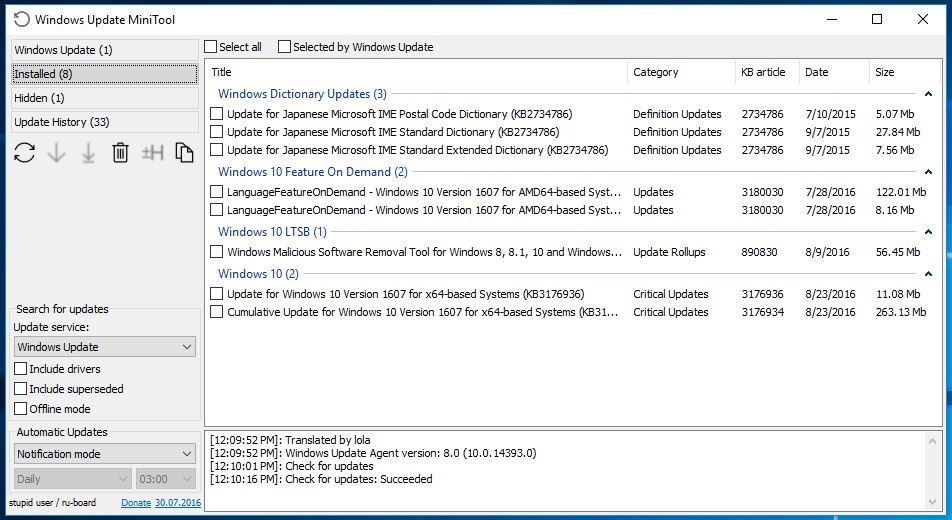


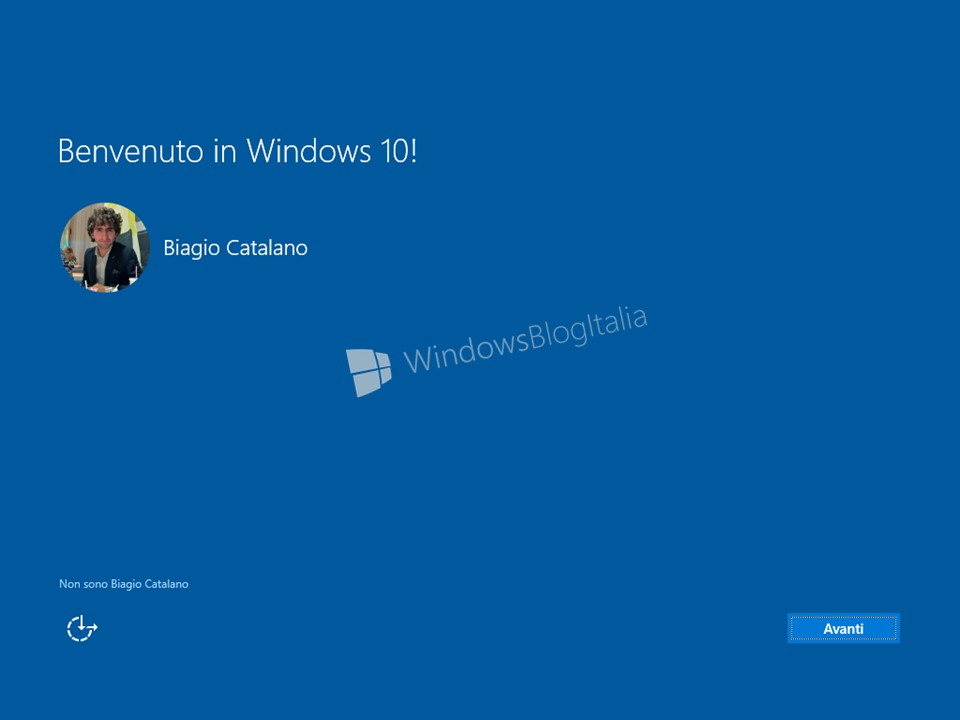

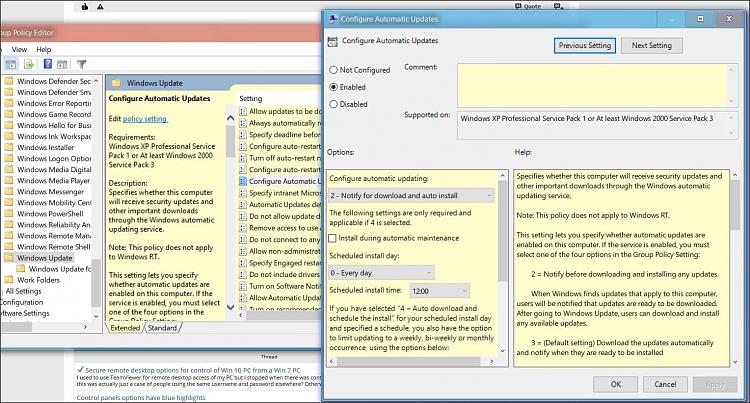
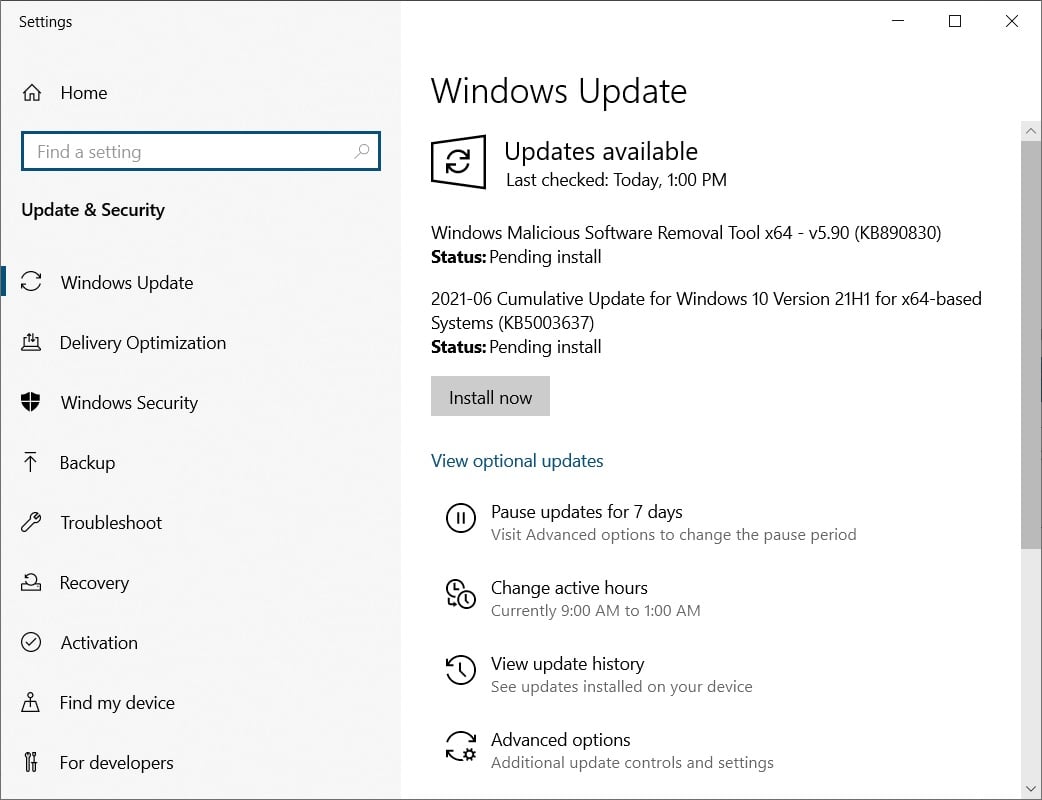





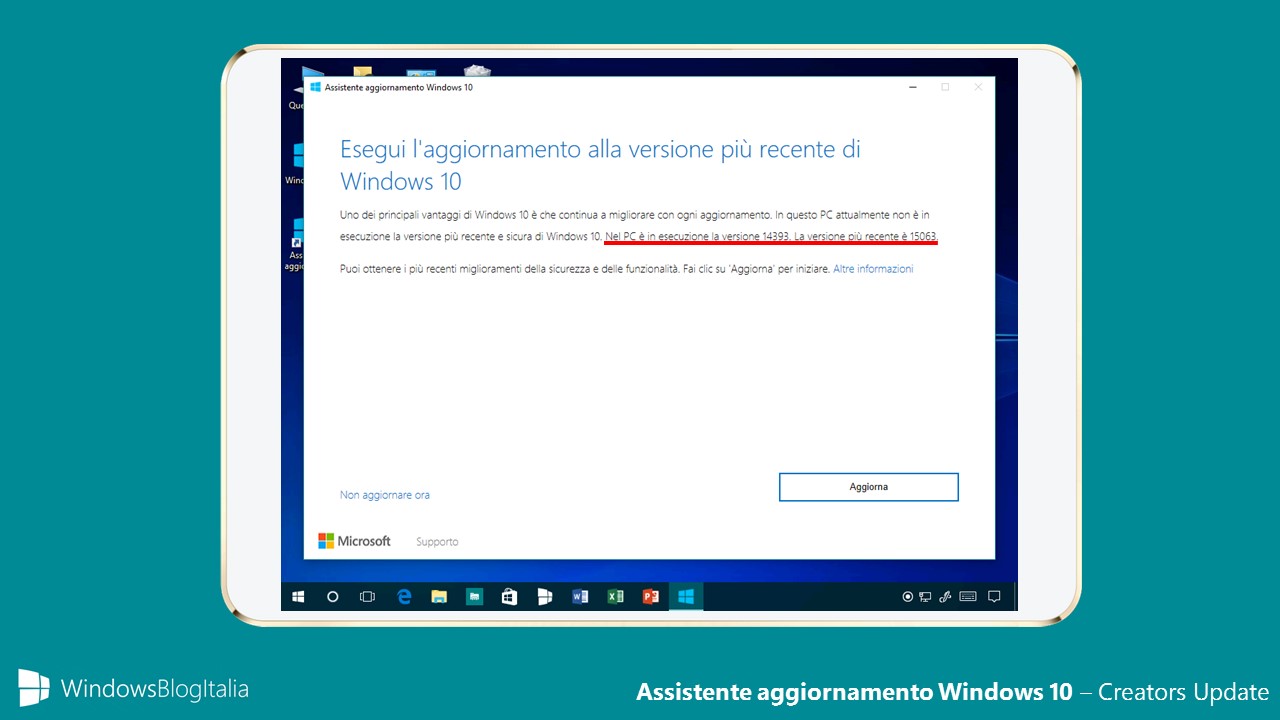


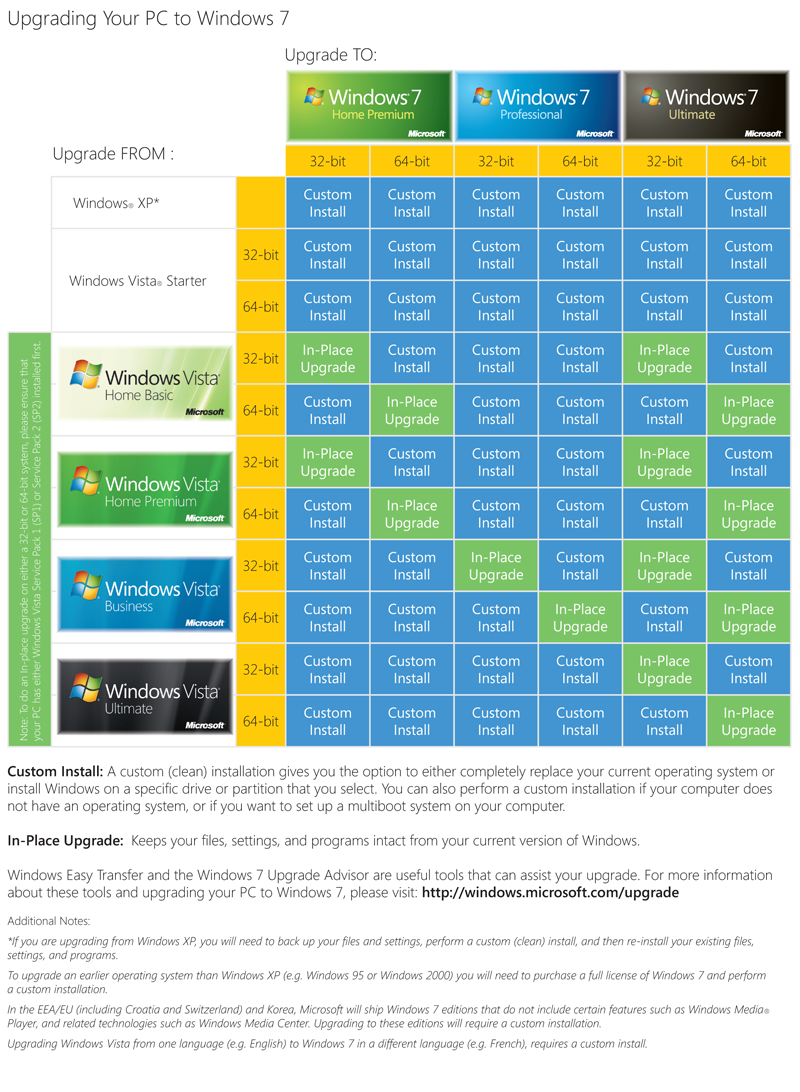
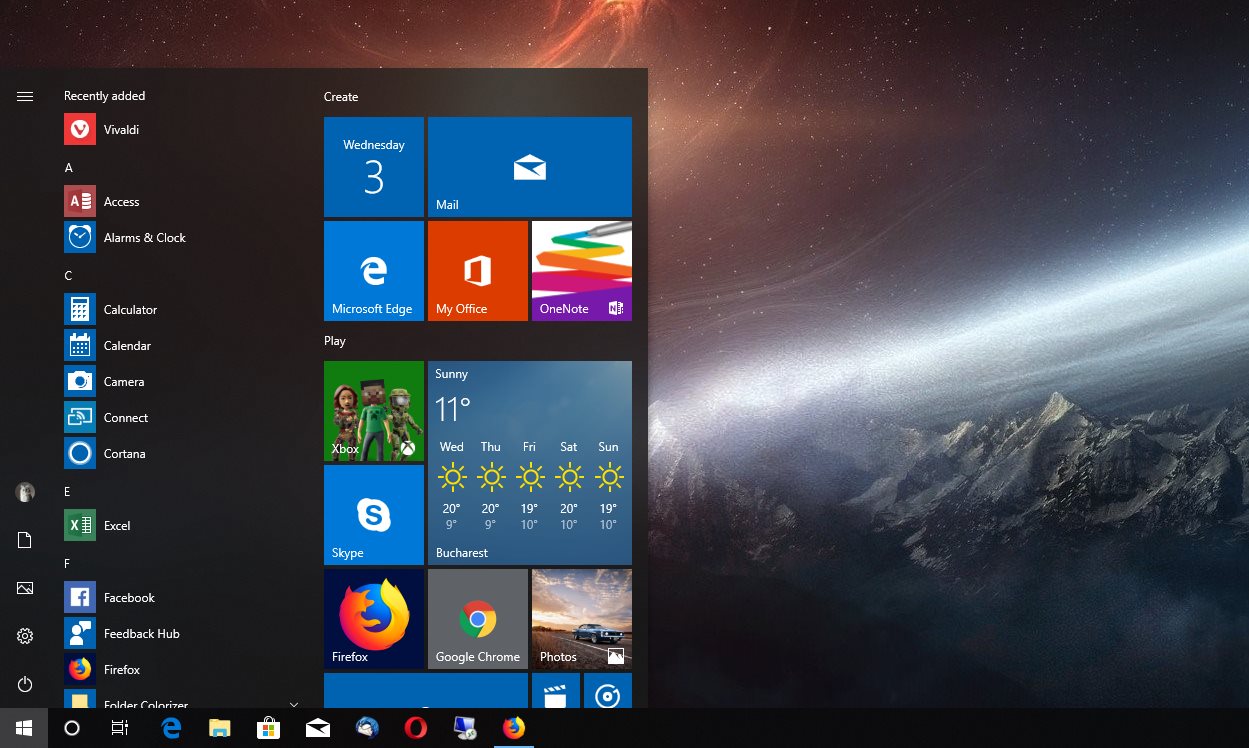


No comments:
Post a Comment
Note: Only a member of this blog may post a comment.